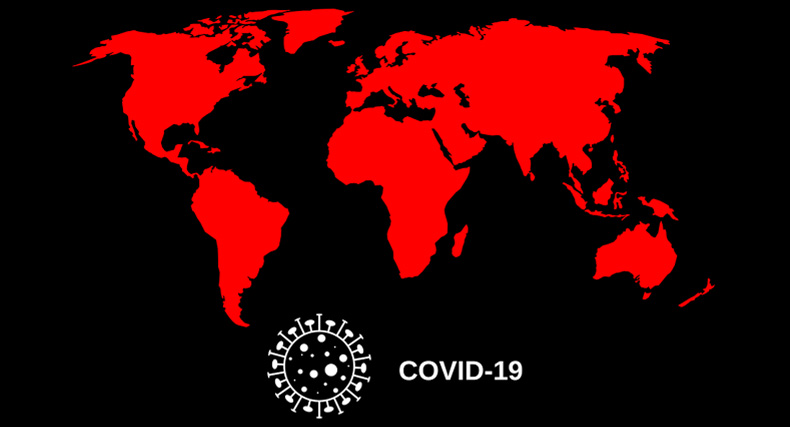
Date: 13 March 2020
Temporary factory closures and layoffs have already begun to hit low wage workers across Asia as quarantines and travel restrictions from the new coronavirus disrupt supply chains linked to China. Such bad news is being repeated in many parts of Asia’s more than $290 billion textile industry, which accounted for 60% of the world’s readymade garments, textiles and footwear.
International brands have wide networks of suppliers and can potentially shift production outside China to fill the potential gap in production from that country - the world’s largest apparel and textile manufacturer. Still, sourcing lines in the clothing industry are deeply intertwined and factories in southeast Asia are dependent in turn on China for supplies like cloth, buttons and zippers.
Cambodia said this week that 10 factories had already applied to suspend operations and would pay partial wages to about 3,000 workers.
The government in Cambodia expects a total of 200 to slow or stop production in March because of coronavirus, affecting 100,000 of more than 850,000 employed in the $7 billion sector, which is Cambodia’s largest employer.
In Bangladesh, the world’s second-largest garment manufacturing industry after China, factories are still running but anxiety is growing. Readymade garments are a mainstay of Bangladesh’s economy, contributing almost 16% of national output and about $34 billion worth of exports in the last fiscal year ending in June 2019. Bangladesh has about 4,000 garment factories employing some 4 million workers. “Almost 70% of our woven fabrics come from China and naturally if goods do not arrive on time, the readymade garments industry will be affected. If the crisis in China is prolonged, the impact would be severe,” Nasir said.
Neighbouring Myanmar has a smaller industry but is more dependent on China, China supplies about 90% of fabrics sent to Myanmar, which so far has not reported any cases of the virus, but the closure of the land border to try to keep infections out has disrupted the supply chain. “We can still export, but we cannot say what is going to happen in the next one or two months,” Aung Min, vice-chairman of the manufacturers’ association. Manufacturers, too, are scrambling to find alternative suppliers of everything from fabric to buttons and zippers. Alternative raw material suppliers are being explored in Thailand, Indonesia, Pakistan and India but then costs will go up.